A forged knife is made from a single bar of steel, heated and then hammered into shape, Creating a knife forge involves a box to hold heat and a burner to apply heat, which can be done in different ways, although creating a propane-powered forge is typically the most popular choice.
To do so, you’ll need a fire brick or material that can serve as the forge box. You’ll also need material to hold the box together and a propane torch for heat. While forging your own knife is not necessary to get the latest designs in custom knives, it can be a fun project for knife enthusiasts.
Building a Mini-Forge
The best place to start is with an overview of building a mini-forge, as described by The Geek Pub. The first step is to get a fire brick and cut it in half. Take one half and drill a two-inch diameter hole through the middle that will serve as the fire chamber. Drill a smaller (5/16th) hole from one side that connects with the larger hole. The other half is left as a solid brick.
Aluminum angles are then cut into four, six-inch sections with 5/16th holes drilled on each end. Using bolts, washers, and nuts to secure them, use the aluminum angles to piece together the two halves of the fire brick, making sure the small side hole remains unobstructed.
Once the mini-forge is securely put together, the pipe from the propane torch can be inserted through the side hole, heating up the center chamber. Using a pair of tongs, metal can be heated within minutes in the chamber. You’ll then need a hammer and an anvil to pound the metal into the shape you want.
Coal-Burning Forge
At Popular Mechanics, they built a larger forge by using two stainless steel sinks. One is filled with water to form a quench tank. The other is lined with furnace cement, then layered with fire bricks. They then built a chimney from a stovepipe. You can get the details here. They used blacksmith’s coal shipped from Pennsylvania to burn in the forge, heating up the fire chamber. They created a hood for the furnace using twenty-gauge sheet metal purchased at a home center.
Bigger Forge
For an example of a bigger forge, Popular Science built one using refractory bricks and a metal frame to support and contain it. The forge is slightly bigger and has a more elaborate burner that features a wider, longer pipe. The pictures of the forge are here, as well as instructions for putting it together (there are a few options).
These give you some idea of how to build your own forge. The mini-forge is likely the best place to start, just to see if you enjoy the experience and working with a forge. If you do, then building a larger knife forge might be in your future.

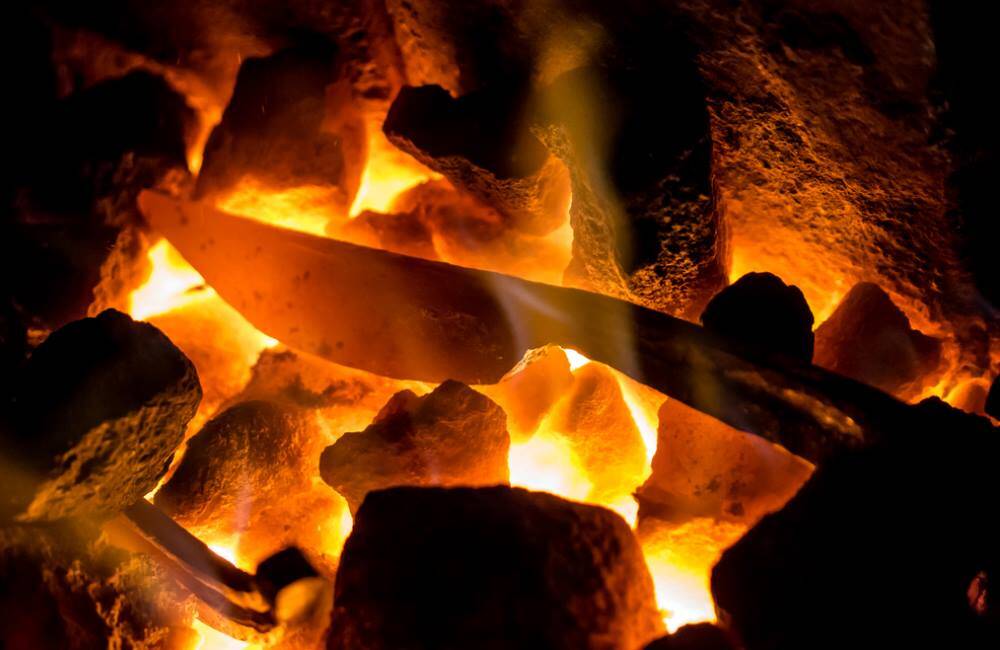
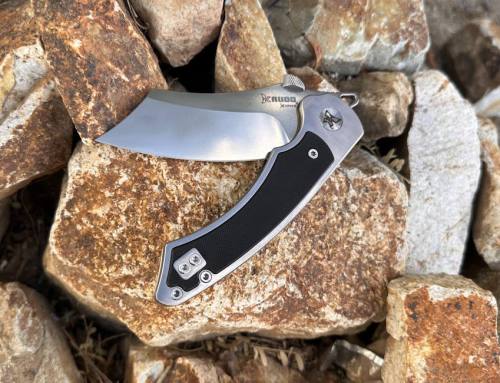
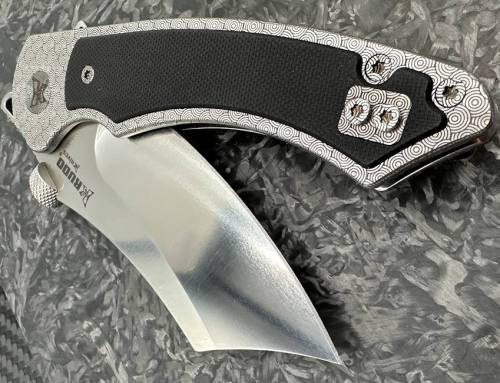
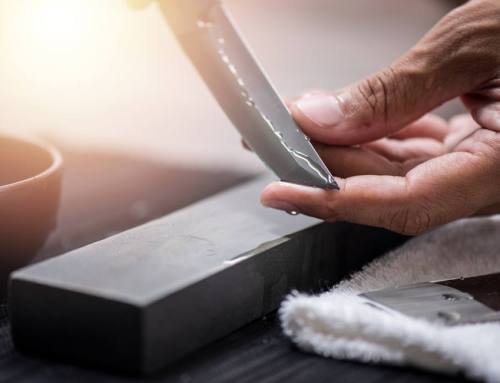
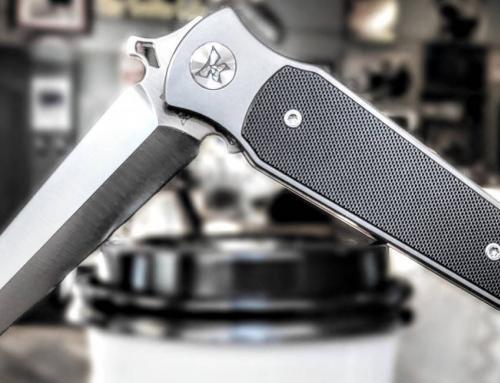
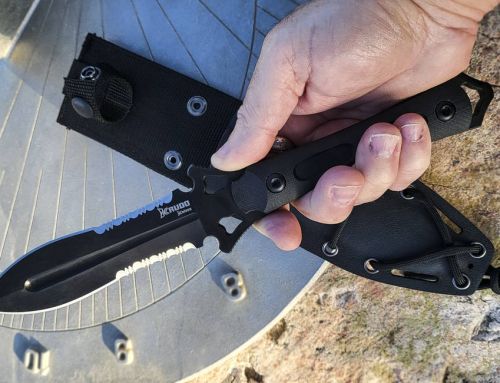
visual aids would be helpful. For example, I do not know what the aluminum angles should look like.
I agree, visual aids would be great!